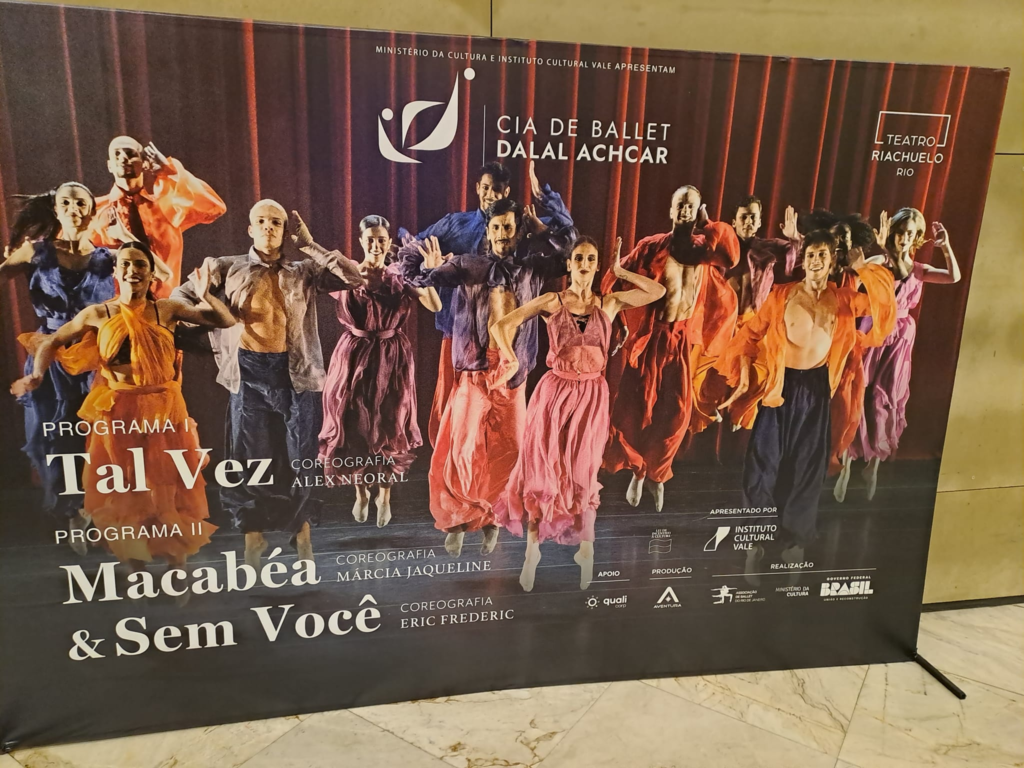
Anyone who has been in Brazil long enough will-–or should—observe that besides a national obsession for football/soccer, a passion for ballet has produced a plethora of ballet dancers who are exported to all parts of the world.
And judging from my first night at the ballet Saturday after three years in hibernation due to the pandemic, Brazil will continue exporting ballet dancers!
My motivation for going to the Teatro Riachuelo (near the Federal Music School and Sala Cecilia Meireles) was to discover how the talented twenty dancers of Dalal Achar´s ballet company would set one of the Brazilian writers I admire, Clarice Lispector, to the music of Villa Lobos into a contemporary ballet.
“Macabea,” featuring the vibrant dancing and surprisingly appropriate choreography of prima ballerina of the Municipal Theater, Marcia Jacqueline,40, is a setting of Clarice´s “Hour of the Star.”
“Hora da Estrela, “is the most famous work of the Ukranian -born Brazilian author and visually — without a word spoken– portrays the tragedy of a naïve northeastern orphan (from Alagoas) called Macabea, (taken from the heroic Jewish tribe, the Maccabees),19, who pursues romance and adventure in the supposedly glamorous world of Brazil´s one -time capital Rio de Janeiro.
Instead, Macabea ends up having her heart broken in romance and pursues a daily humdrum existence in a boring, low-paying job to support herself.
A visit to fortune teller Madame Carlota results in a prediction that “you will marry the man of your dreams, a foreigner.”
This “foreigner” turns out to be a foreign automobile, Mercedes -Benz, which in a hit-and– run accident kills Macabea as she departs the soothsayer´s studio.
Having performed, recorded and toured abroad with the Orquestra Sinfonica Brasileira conducted by Maestro Isaac Karabtchevsky playing Villa Loboses “Bachianas 4,” I never imagined that this scintillating masterpiece could serve as music for a ballet.
But with the introduction of Villa Loboses Cirandas 15(“What Beautiful Eyes”) and Ciranda 1 (Therezinha de Jesus), VL´s Bachianas 4 works very well indeed as the perfect musical background for the Lispector masterpiece.
And in the humble opinion of this ballet lover, Ms. Jacqueline should consider choreographing it abroad …. with her dancing the role of Macabea!
PS—For reasons of false economy or what I consider a bad national tradition, Made-in -Brazil productions often lack written programs and I didn’t catch or can find the name of the excellent pianist who recorded the difficult Villa Lobos Bachianas 4.
But let us give credit where credit is due! Bravo pianist!